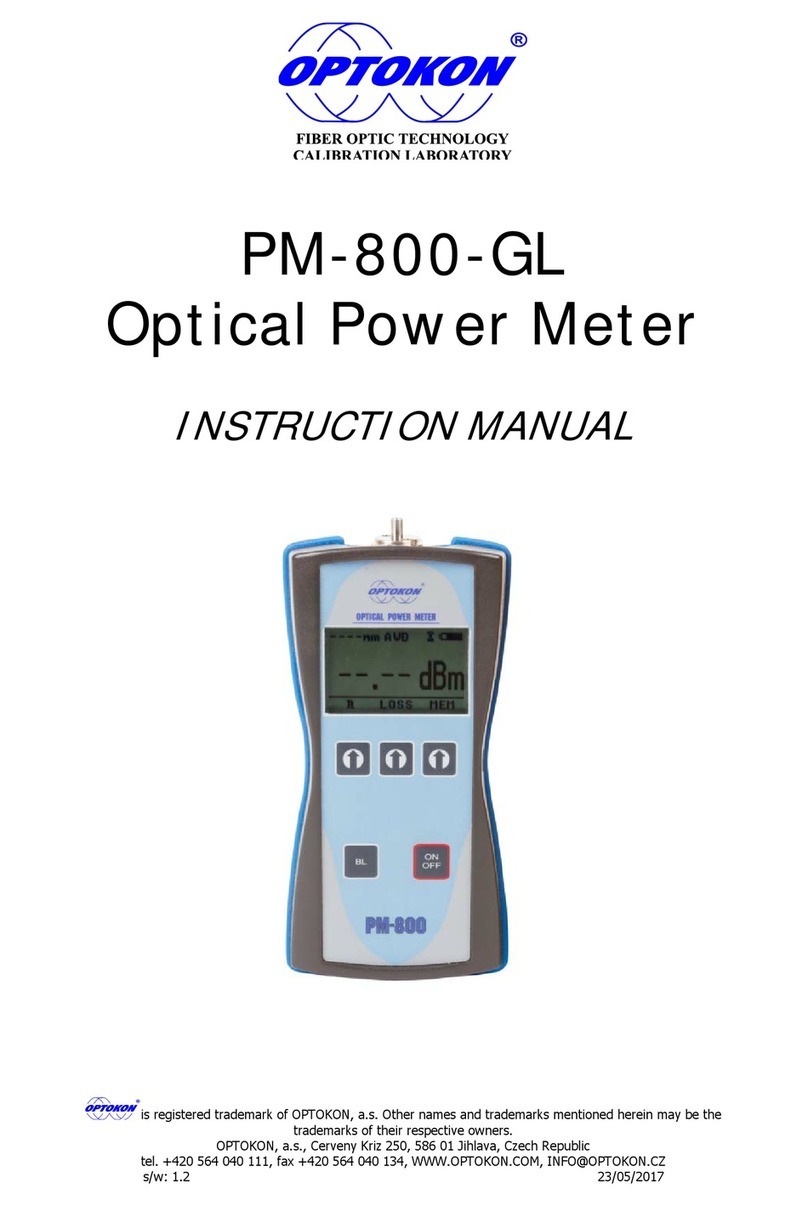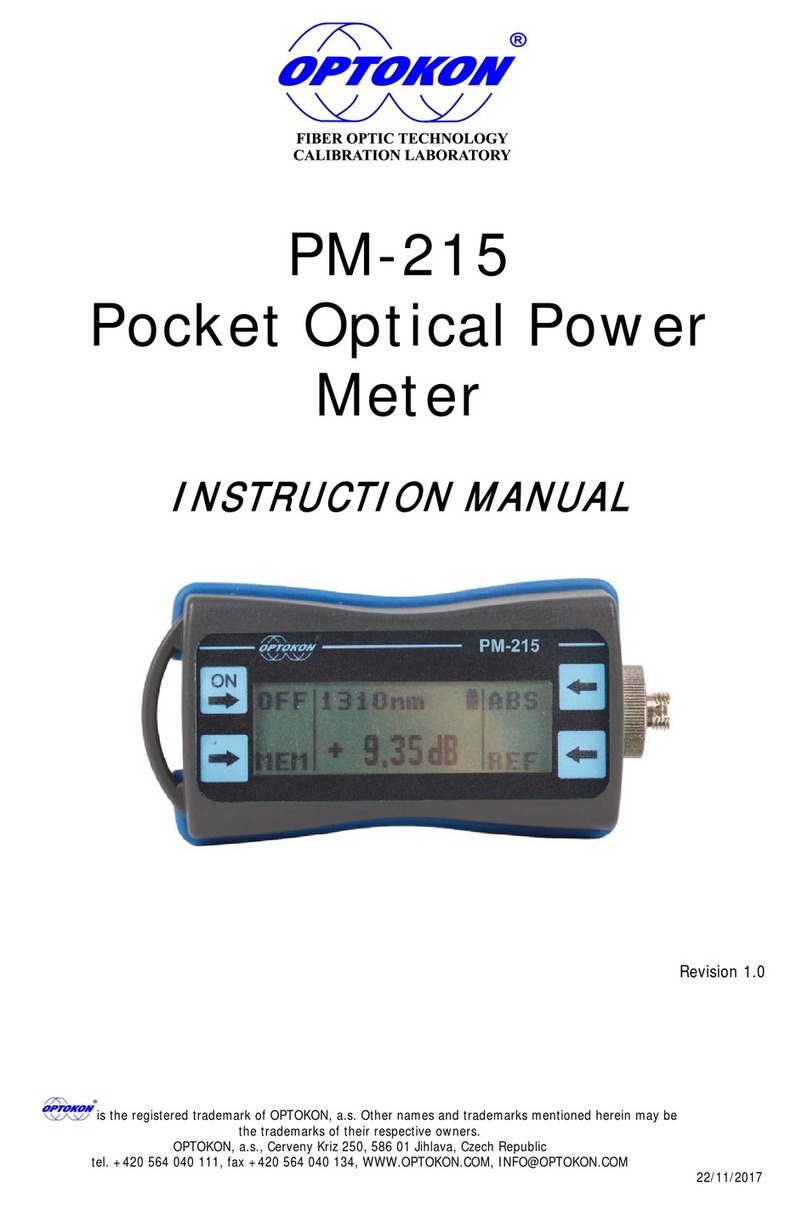PM-212 INSTRUCTION MANUAL
3
Contents
1Introduction .................................................................................................. 4
2Features........................................................................................................ 4
3Application .................................................................................................... 4
4Accessories ................................................................................................... 5
4.1 Standard......................................................................................................................5
4.2 Optional......................................................................................................................5
5Specifications ................................................................................................ 6
6Safety information ......................................................................................... 6
7Maintenance.................................................................................................. 6
7.1 Battery care ................................................................................................................6
7.2 Instrument care...........................................................................................................7
7.3 Optical connector care................................................................................................7
8Instrument and button function description..................................................... 8
8.1 Menu #1 –Absolute power measurement mode........................................................9
8.2 Menu #2 –Relative power measurement mode.........................................................9
9Working with the internal memory................................................................ 10
9.1 SAVE RESULT .......................................................................................................11
9.2 BROWSE RESULT.................................................................................................11
9.3 UPLOAD DATA......................................................................................................12
9.4 ERASE MEMORY ..................................................................................................12
9.5 EXIT MEMORY......................................................................................................13
10 Insertion Loss Measurement ..................................................................... 13
10.1 Basic theory ............................................................................................................13
10.2 Method 6 .................................................................................................................14
10.2.1 Setting the reference.........................................................................................14
10.2.2 Measurement Loss............................................................................................14
10.3 Method 7 .................................................................................................................15
10.3.1 Setting the reference.........................................................................................15
10.3.2 Measurement Loss............................................................................................16
11 Setting up data transfer............................................................................ 16
12 Power loss and decibels............................................................................ 19
13 Calibration, service center......................................................................... 21






























